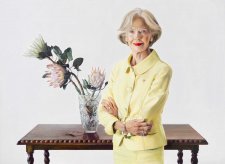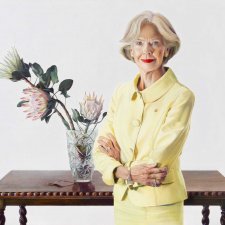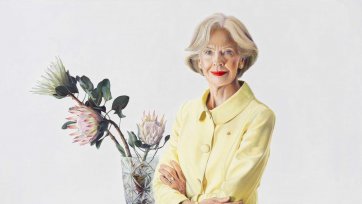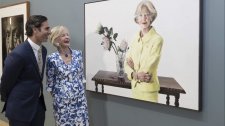- When I was about 16, I was pretty clear about what I wanted to do, it was a pretty bold, enormous ambition; 'to change the world'. The altruism that one has at that age, I see it in young ones that I talk to now. I'd always had in the back of my mind doing law, but you know, when I was talking about it at 16 in my last year at school, people said to me, women don't do that, you can't do that. Anyway, in my third year, I changed into arts law. So I am often asked the question about what motivated me to make the choices that I did. It was very much about the times and the opportunities, the advantages of having parents who were committed to our having careers, having independence as well as a family life. I am very conscious of the debt of gratitude I owe to my parents, really for their focus on our education. How lucky we were as a family of girls in the 40's to have a mother and father whose top priority was giving us the best education they possibly could. And I had some role models. I remember I used to have this photograph of one of the first women judges in England, Rose Heilbron. It was all sort of cut out and stuck up, sticky taped in my school Bible. I remember the first girl I knew to go to University and to do science, that was a big thing. Most women were in a very narrow range of occupations and you became conscious of that, leaving school looking at what girls were going to do.
The beautiful flowers were used as a symbol for the work I was doing in domestic violence. We used the protea in different ways and it has a concept of justice and strength about it. It's a great privilege to be painted by a portrait painter like Michael Zavros. A bit scary too. He's a person who I've known for a long time. I went to some of his very earliest exhibitions. We didn't talk about the portrait a lot. I really thought I should just leave that to him. We talked a lot while he was doing sketches. But not so much about how he was going to do it or what it might look like but became obvious as I was sitting and standing but not the emphasis or the interpretation that it would present. This is a "pinch me" moment for me talking about these things that are so close to my heart but in the context of a portrait, my portrait, hanging in the National Portrait Gallery. The magic of portraiture or portrait painting that some how fascinates us all.
Anything I've ever achieved in my life has been with wonderful support and encouragement. I'm always conscious of the enormous debt that I owe to women who worked in solidarity to open up opportunities for me, for my generation in education in particular. Women indeed do have an enormous role in the economic life of their country and all women need independence. That's why the Women's Movement has been so powerful and so important, women supporting each other. Men have to be in that too, this is about family life. That is at the heart, the very heart, of our society. I feel very deeply about equality and opportunity in a true sense.












